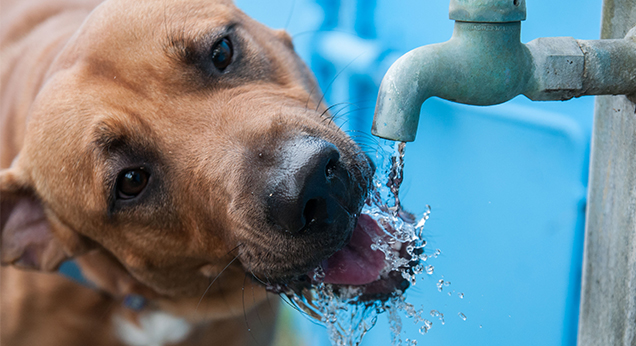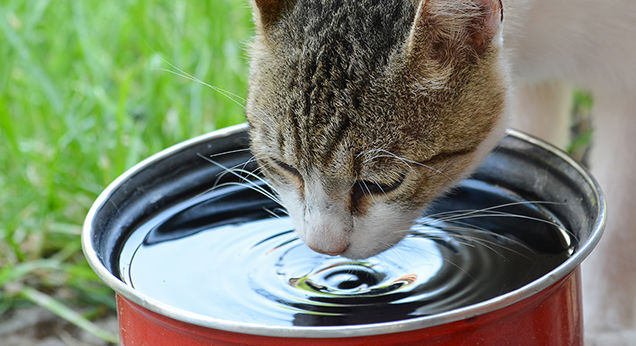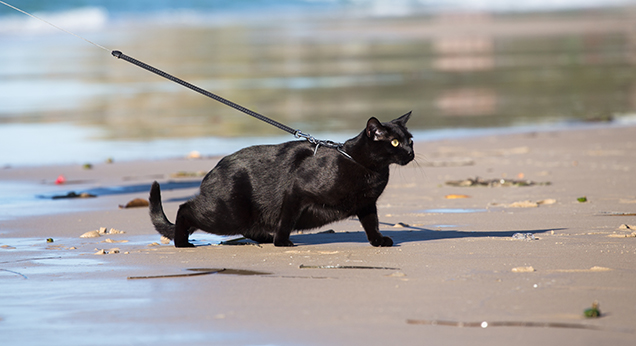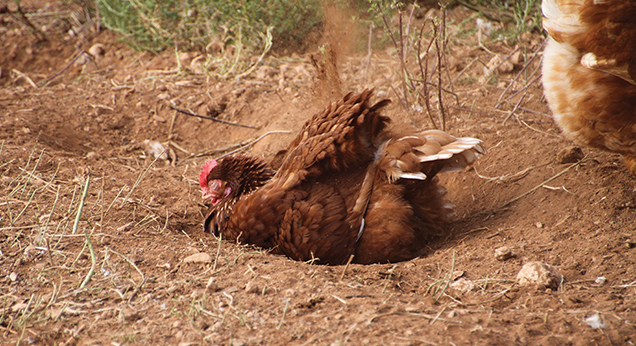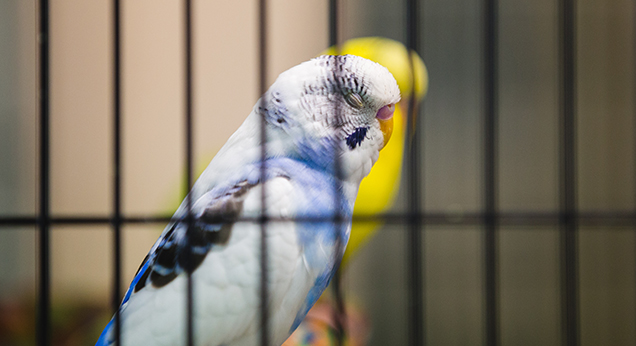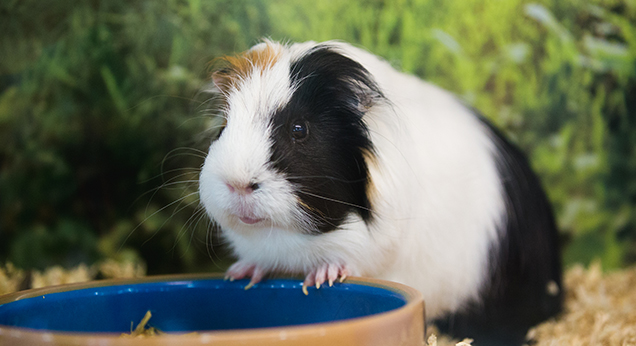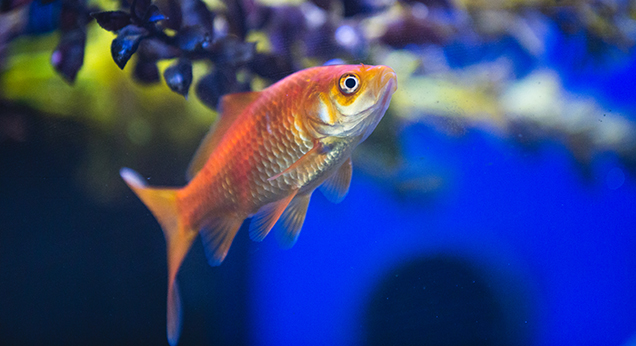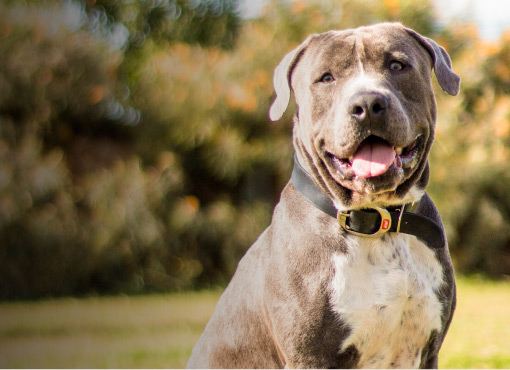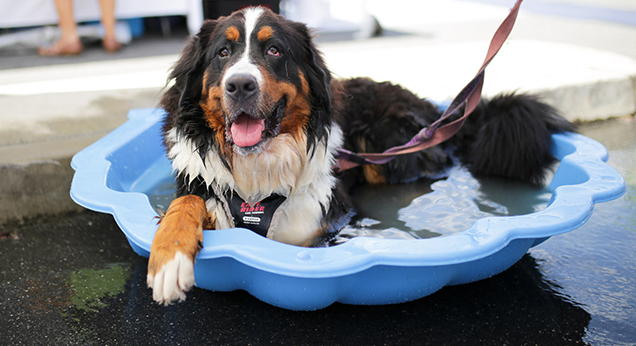
Cooling mats are a great idea for pets too! You can purchase cooling mats your pet from RSPCA World for Pets. Leave them in a shady spot and when your pet sits on them, the mat absorbs their body heat.
A simple trick is to also wet towels and leave them around for your pet to sit on when they want to cool off.
Frozen treats are easy to make and leave out for your pet on hot days. Check out some of our easy cool pet treat recipes here!
During hot weather it’s important to never exercise your pet during the heat of the day! If your dog is used to a daily walk or playtime, do this before the heat sets in (usually before 10am and after 3pm) but also take into account severe heat weather warnings!
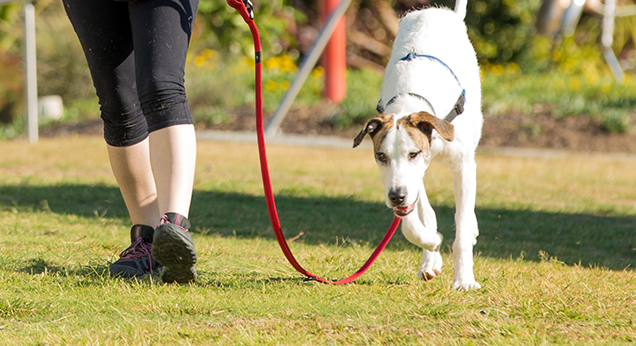
Never walk your dog on hot surfaces, stick to grassy areas. If you took off your shoes and walked on the bitumen, if it’s too hot for you to handle, chances are your dog will easily burn their footpads… OUCH! This goes for beach trips too, we all know that feeling of trying to run through the hot sand to get to the water, it’s not pleasant for your pet either!
If you’re planning on taking a drive with your dog, never leave your pet unattended in your car or on the back of a ute! Why? It only takes six minutes for a pet to die from heatstroke when left in these situations! If travelling with a dog on your ute tray, the ideal setup is in a secure dog crate that has shade, water and matting to prevent burnt paws. What do you do if you see a pet left in a hot car? Follow these steps.
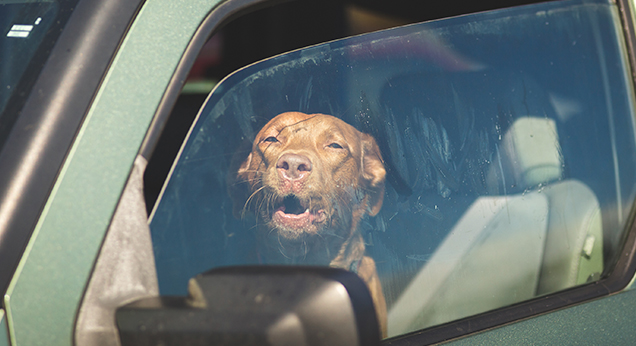
Some dog breeds are more susceptible to suffer heatstroke due to their physiological attributes. Dogs naturally reduce their body temperature by panting (evaporative cooling from the lungs and mouth). However, brachycephalic (flat face) breeds have shortened airways which reduces the effectiveness of panting. The weather does not even have to be particularly hot for these breeds to develop symptoms of heat stress. So take special care if you own breeds such as pugs, boxers, bulldogs, terriers and cavalier king charles spaniels.
Slip, Slop, Slap! Pets with non-pigmented skin (smooth/thin hair and white-coloured ears or noses) can be more susceptible to skin cancers, so be mindful of this when the sun is out. To ensure that your dog doesn’t get sunburnt, keep your pet out of the sun in the hottest hours of the day and consider using pet sunscreen. You can purchase pet-friendly sunscreen wipes, cream and sprays from RSPCA World for Pets. Note: Human grade sunscreen isn’t safe for use on pets.


